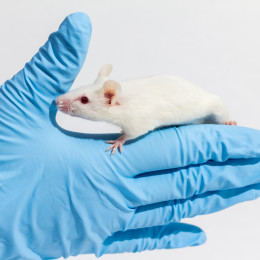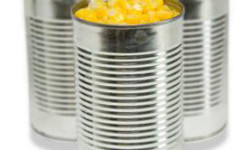AVOID Junk Journalism

As we entered the holiday weekend, the mainstream press proved once again that its quality (or lack thereof) of health journalism leaves much to be desired.
The UK-based Daily Mail reported Friday that “Pregnant women should AVOID beauty products: Study warns gender-bending chemical BPS can affect mothering instincts.” In short, your deodorant will cause you to neglect your infants.
The reporters of this particularly mis-informative article ventured beyond exaggeration, the common failing of contemporary health and science journalism, into sheer falsehood.
The starring chemical BPS, or bisphenol S, is one of several substances manufactured to replace BPA in the wake of the anti-BPA movement. And while Daily Mail sounded the alarm over beauty products, BPS is primarily used in thermal paper, and as a resin to prevent degradation in containers which come in contact with food. While BPS can be found in some cosmetic products as a thickening and durability-enhancing agent, that role has typically been taken on by BPF, or bisphenol F.
Aside from alphabetical trouble, the Daily Mail made another gratuitous error in their reporting.
Mice aren’t humans, and this alarmist headline is akin to writing “People should AVOID chocolate: study shows stimulating chemical theobromine kills dogs.”
Small mammals are often used as model systems to gather knowledge about how the human body may react under certain conditions. Although humans and mice share about 85 percent of our DNA, the remaining differences are so great and complex (we are different species, after all) that animal studies can’t be so simplistically applied to humans.
To give credit where it’s due, we would not have open heart surgery, antibiotics, nor blood transfusions without exploring animal models. Even the humble fruit fly has contributed volumes to our understanding of human genetics.
But at the end of the day, a mouse is a mouse and the genetic and social inputs governing human behavior are far more complex than any animal model can explain. Rather than uncovering human impacts, these models are best used to direct future studies in a particular direction.
So as we prepare to ring in the New Year, we encourage our audience to be wary of stories with STRONG LANGUAGE, as they’re a pretty good indication of poorly-interpreted science.





